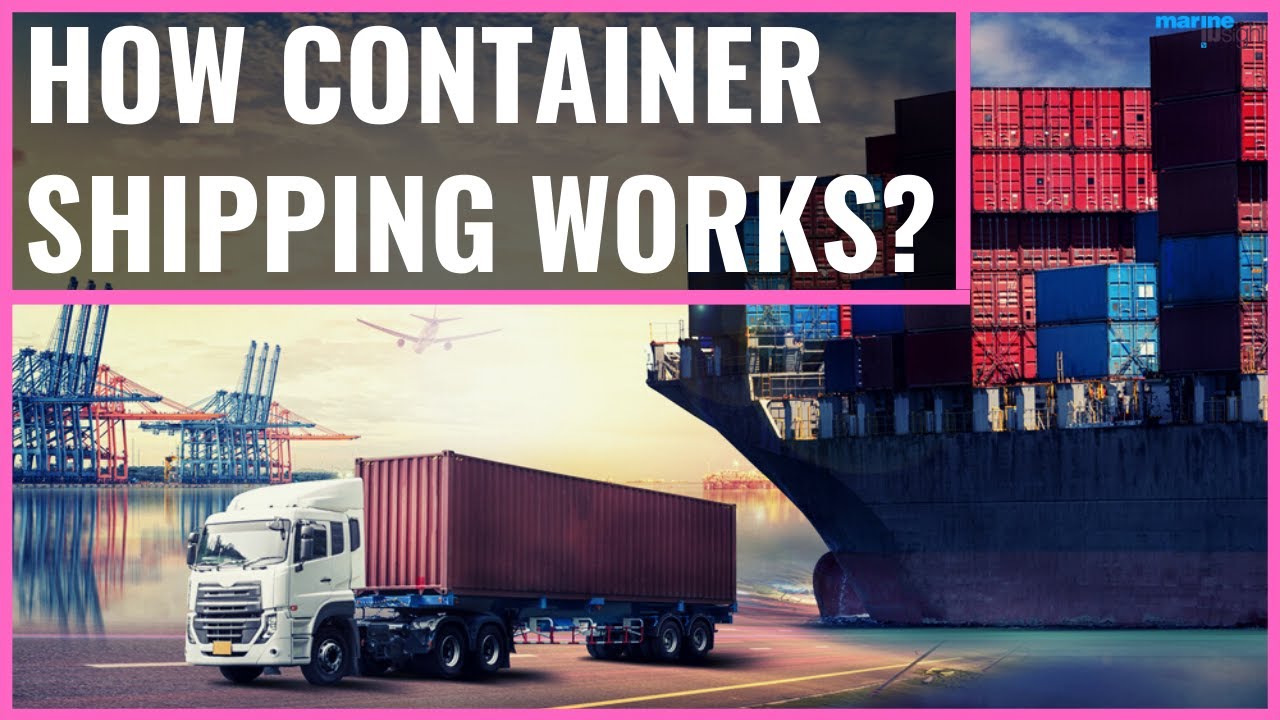Introduction to a used 20ft shipping container
Summary
TLDRIn this informative video, Chris from Budget Shipping Containers introduces viewers to a used 20-foot shipping container, highlighting its main features. He discusses the container's original markings, dents, and forklift pockets, emphasizing its durability after 15 years of use. The video covers essential aspects such as the vent system with bug mesh, the container number, and the ISO code. Chris also explains the locking mechanism, door seals, and the importance of the CSC data plate for export. Inside, he points out the treated plywood floor, cargo lashing rings, and the higher internal floor line. The video concludes with a promise of quality assurance, mentioning that all containers are checked and repaired, ensuring they are wind and watertight with a solid floor, and come with a 12-month warranty.
Takeaways
- 🚢 **Used Container Features**: The video showcases a used 20-foot shipping container and its main construction features.
- 🏷️ **Original Markings**: Original owner's markings and logos are present on the container, with some dings and dents from 15 years of use.
- 🔩 **Forklift Pockets**: There are forklift pockets at the bottom, common on 20-foot containers but less so on other sizes.
- 💨 **Ventilation**: Small vents with bug mesh are present to allow airflow while keeping insects out.
- 🔢 **Container Information**: The container's number, ISO code, cubic capacity, tare weight, payload, and gross weight are displayed.
- 📜 **CSC Plate**: A metal CSC data plate contains technical factory information, important for exporting the container.
- 🚪 **Door Seals**: Heavy-duty rubber door seals are designed to keep the contents dry during sea transit.
- 🔓 **Door Operation**: The right-hand door opens first, with an inner and outer locking rod mechanism.
- 🛠️ **Floor and Lashing Rings**: A 28 mill treated plywood floor and cargo lashing rings are included for securing cargo.
- 🏭 **Quality Assurance**: Budget Shipping Containers ensures that each container is wind and watertight with good doors and seals, and offers a 12-month warranty.
- 🌐 **Website and Products**: The company's website offers a wide range of shipping containers, flat pack sheds, and accessories.
Q & A
What is the primary purpose of the video?
-The primary purpose of the video is to showcase a used 20-foot shipping container and explain its main construction features, which can be useful for potential buyers considering it for storage or export.
What are the common signs of wear on a used shipping container?
-Common signs of wear on a used shipping container include original owner's markings, dings, and dents along the sides, indicating it has been in use for about 15 years.
What are forklift pockets and why are they significant?
-Forklift pockets are recessed areas at the bottom of the container designed for forklifts to lift the container. They are significant as they are common on 20-foot containers and are often no longer used on other sizes, indicating the type and handling method of the container.
What is the purpose of the small vents on the container?
-The small vents, which are circular and about an inch square, are equipped with bug mesh to allow airflow while preventing insects from entering the container.
Where can the container number and ISO code typically be found?
-The container number and ISO code can typically be found on the side of the container, often repeated on the back, and provide essential identification and standardization information.
What information is included on the CSC data plate?
-The CSC data plate includes technical factory information about the container. It is important for export as shipping lines may require the data from this plate.
Why is it recommended to take a high-quality photo of the CSC data plate?
-It is recommended to take a high-quality photo of the CSC data plate because it contains important technical information that may be required by shipping lines for export purposes.
How do the heavy-duty rubber door seals benefit the container?
-Heavy-duty rubber door seals help keep the container's contents dry by sealing the doors tightly, which is crucial during sea transport, especially in stormy conditions.
How does one open the doors of the shipping container?
-To open the doors, one must first use the inner locking rod to do most of the work, then the outer one for extra leverage. The right-hand door typically opens first.
What is the purpose of the internal floor line being higher than the external floor line?
-The internal floor line is higher than the external floor line by four to five inches to provide a slight elevation which can be useful for loading heavy machinery and to prevent water from entering the container.
What type of floor does the container have and what is its purpose?
-The container has a 28-millimeter treated plywood floor which provides a sturdy base for storing items and helps protect the contents from moisture.
What is the significance of the cargo lashing rings inside the container?
-Cargo lashing rings are used to secure the contents of the container during transit, preventing movement and potential damage. They are located along the top and bottom rails and at the front corner post.
What assurance does Budget Shipping Containers provide with their used containers?
-Budget Shipping Containers ensures that all used containers are checked and repaired in their UK yards before being sold, guaranteeing they are wind and watertight with good doors and seals. They also offer a 12-month warranty on their containers.
Outlines

此内容仅限付费用户访问。 请升级后访问。
立即升级Mindmap

此内容仅限付费用户访问。 请升级后访问。
立即升级Keywords

此内容仅限付费用户访问。 请升级后访问。
立即升级Highlights

此内容仅限付费用户访问。 请升级后访问。
立即升级Transcripts

此内容仅限付费用户访问。 请升级后访问。
立即升级浏览更多相关视频

How Container Shipping Works?

How A Container Ship Secures Containers - Design, Safety, Container Locating

Как перевернуть машину своими руками?

How a Steel Box Changed the World: A Brief History of Shipping

China's new mega-project: Shanghai Yangshan deep-water port 上海洋山深水港 part 3/5

Macam Macam Alat Berat Pelabuhan | Harbour Mobile Crane, Reach Stacker, Container Handler
5.0 / 5 (0 votes)
